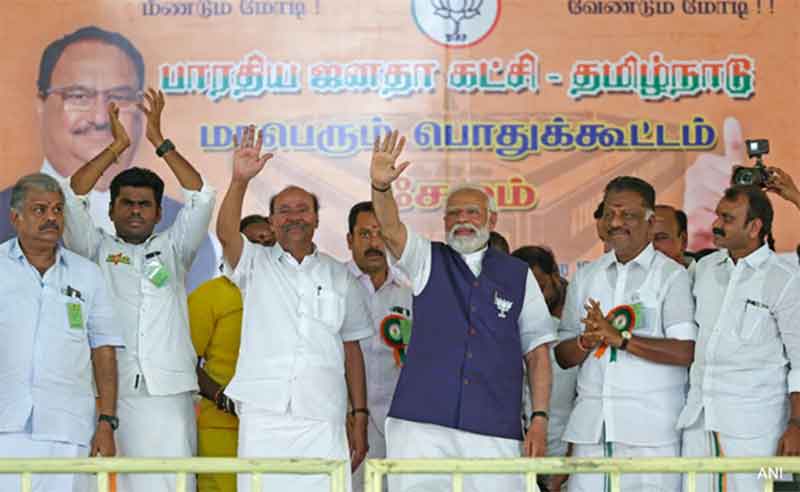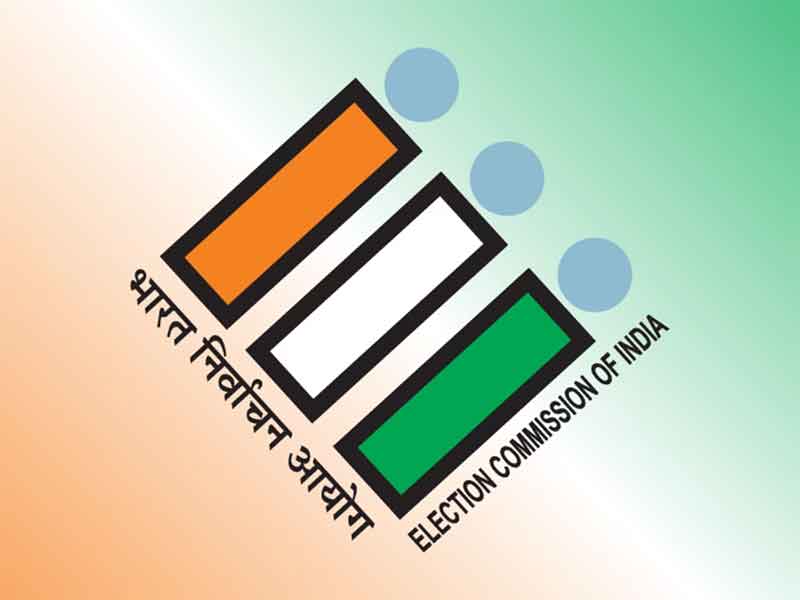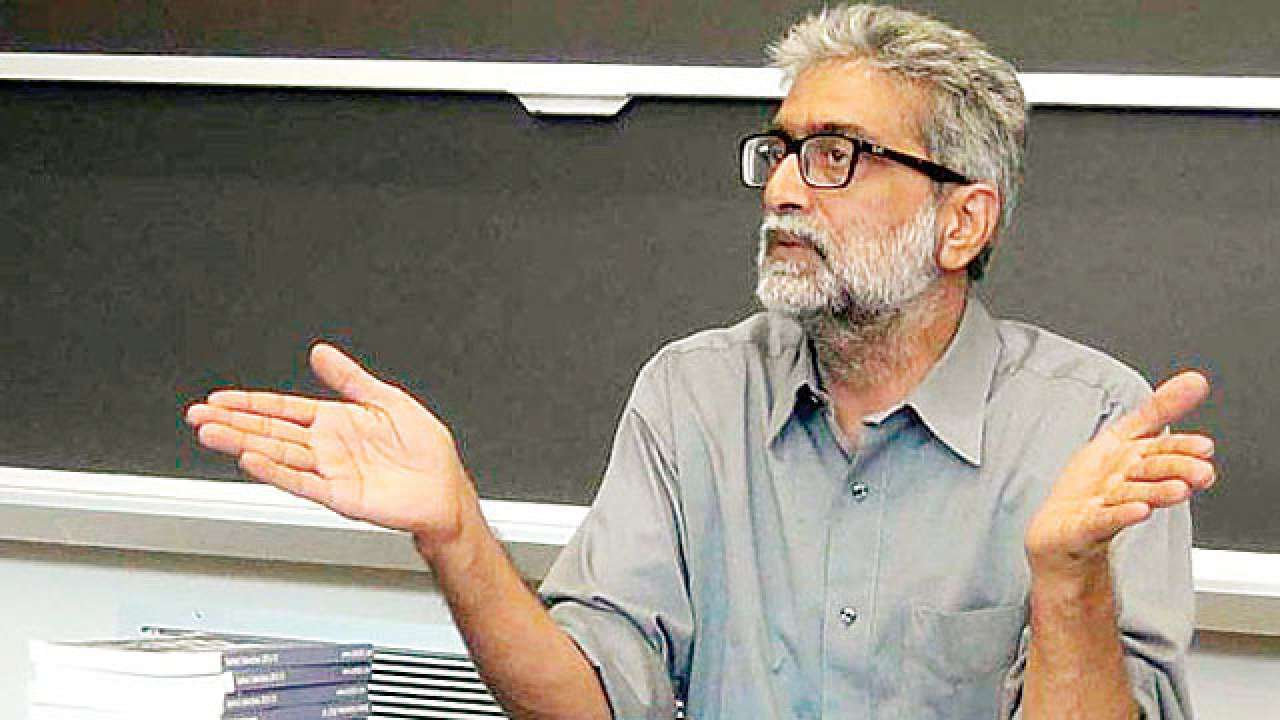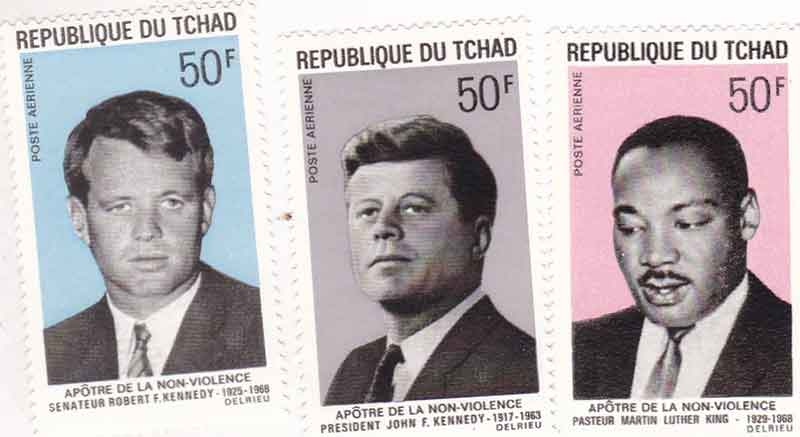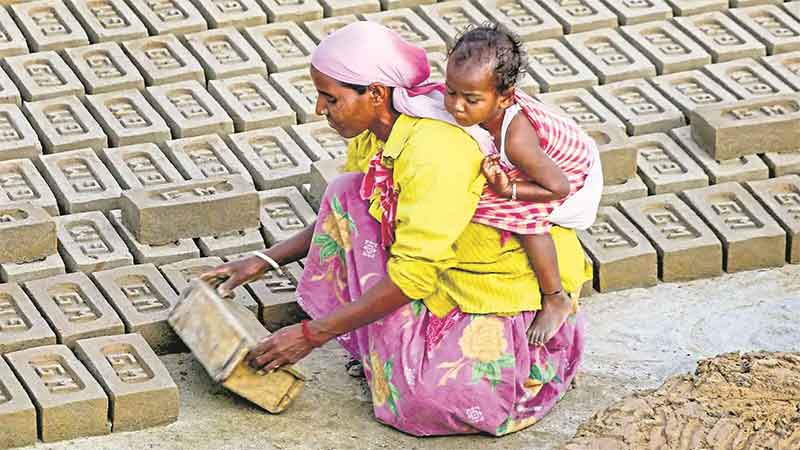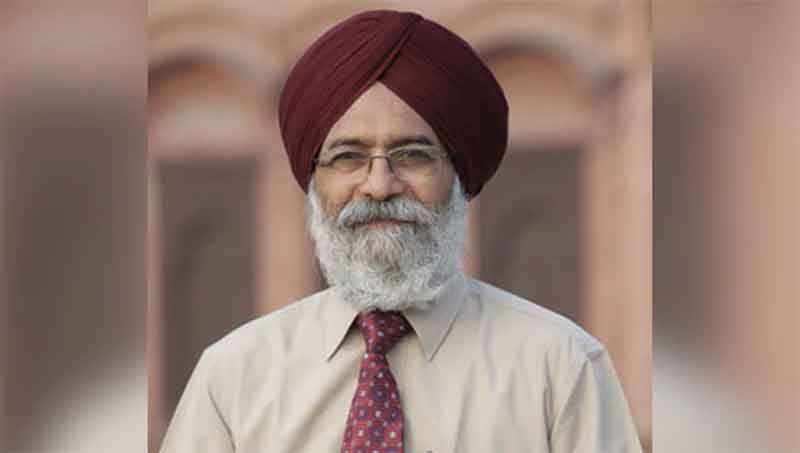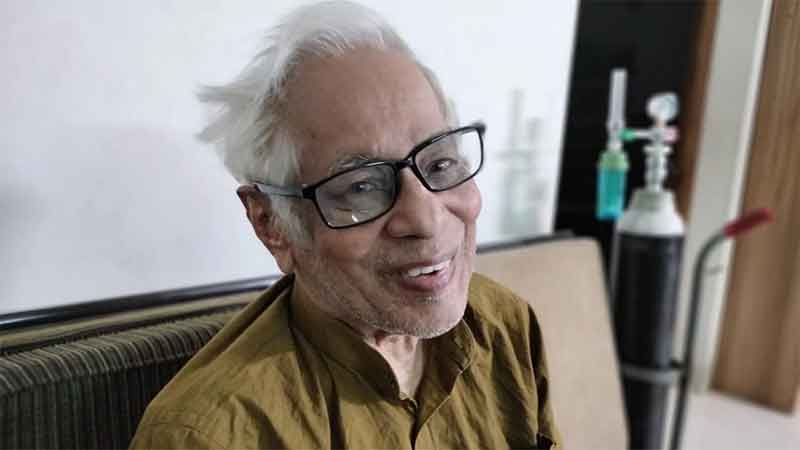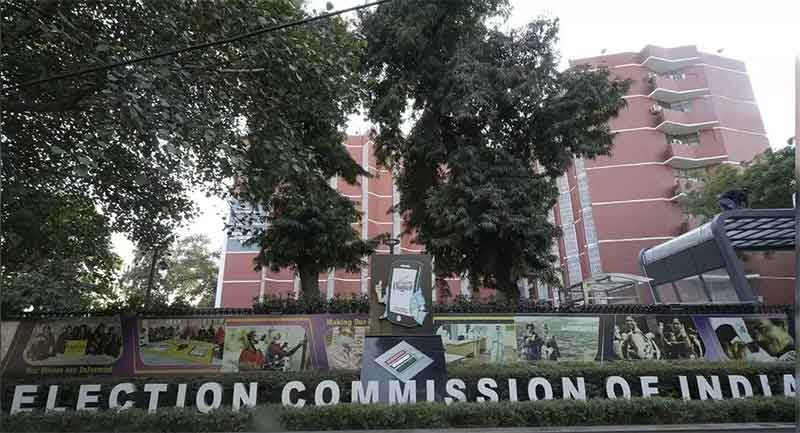
Prime Minister Narendra Modi’s recent comments on opposition parties “formula” for government formation may certainly be viewed as a crucial eye-opener on several fronts. While addressing an election rally in Karnataka, he posed the question, “…If the country has to be given into someone’s hands, we will think before giving it or not? Will you give it to anyone?” The opposition’s “formula,” according to Modi, will have a different prime minister to head the government every year. In his words, “If they get the opportunity for five years (to govern), they have told their alliance partners that each one will get one year of prime ministership. This means one year, one PM, next year second, then third, fourth and fifth…”
Simply speaking, Modi seems no longer confident of returning to power by winning more than 400 seats. Besides, his comments are definitely suggestive of his having begun to entertain apprehensions about the coming government not being led by his party. The question posed by him is also a sign of his not being too sure of voters’ support for him and BJP. Image projected by him before voters about what the next government may look like if I.N.D.I.A. bloc heads it may perhaps be viewed as a symbolic indicator of these apprehensions. And this is just one side of electoral drama being staged by politicians in the race.
This also implies that political noise earlier made about Modi-wave deciding electoral results has lost that appeal. In addition, what probably needs to be given more significance is that prospects of electoral results being decided by the so-called Hindtuva-wave and communal cards seem fairly weak. Certainly, communal extremism cannot be ignored but there are several other factors which appear to have diminished its appeal substantially.
Modi never had any national image prior to his winning 2014 elections. His reach was limited to Gujarat. His entry into power at the national level following two terms of Congress-led government was not decided by his national image or that of his accomplishments. But, the anti-government card played by him, focussing on its “negative” image had the desired impact but not on the entire electorate as his party failed to win even 40 percent of votes in 2014 as well as 2019 elections. Modi seems to be banking on these old strategies even now- one is usage of “religious” card and the other is talking loudly about his rivals’ “negative” image. These, however, don’t appears to be having desired impact upon common voters, including majority community. They are more concerned about adverse economic impact that certain policies pursued during these few years seem to have had on them. Even illiterate voters, belonging to labour class seem to have become extremely conscious about play of Modi’s religious-card, Ayodhya. They view these as nothing else but electoral-strategies.
Not surprisingly, these days seem devoid of the kind of “success” attained by Modi, ahead of 2014 and 2019 polls, in projecting an extremely positive image about himself. Rather, its excessive dependence on media gives the impression of a balloon floating without strong base, and may burst soon. In addition, though Hindus form the majority community, appeal of Hindutva-card does not prevail throughout the country. Its impact is limited by caste-class, religious and various ethnic factors even within the Hindi belt.
Though, Modi and his camp have certainly gone overboard in projecting his “grand” image across the country. But, has the same really been accepted at all levels with the enthusiasm desired by him and his supporters? Not really. Distinct consciousness of their respective identities, particularly regional and cultural, has probably guarded voters beyond Hindi belt from being swept by so-called hype about Modi-wave. The message is simple. They are guarded about their own distinct regional as well as cultural identity being swept away into oblivion, almost lost by the importance being accorded to that being promoted by saffron brigade. Distinct regional leaders/parties also appear to have become quite concerned about being entrapped by BJP to the stage of losing their own base in their respective terrains. Over the past decade, this has been practiced fairly often by BJP- first attracting regional parties/leaders to align with it and then backstab them to reduce their strength, dividing them and so forth. Not surprisingly, leaders like Mehbooba Mufti and Uddhav Thackeray are totally against any alliance with BJP and appear strongly committed to I.N.D.I.A. bloc. Give a thought, West Bengal Chief Minister, Trinamool Congress (TMC) leader Mamata Banerjee and Odisha Chief Minister, Biju Janata Dal (BJD) leader Naveen Patnaik may be credited for strengthening their regional identities in their respective states. The same may be said about southern states, which have no intention of losing the same by falling in line with claims of Hindutva-leaders. Congress may not have succeeded in Karnataka assembly polls, if a leader from the state was not selected as the party chief. From another angle, Bihar Chief Minister, Janata Dal- United (JD-U) leader Nitish Kumar appears to have considerably eroded his own political strength by bending (or bowing) a little too much to BJP-boss. The opposite may be said about Rashtriya Janata Dal (RJD) leaders of Bihar. And they appear to be more popular.
The anti-BJP stand of certain regional parties is apparently more strongly (or perhaps equally) backed not just by their anti-communal stand but also by their concern about not losing their respective regional parties and/or their leaders’ base in their own zones/states. Their political strength depends on this. To a degree, this notion has always guided regional parties but in these elections they appear to have become more assertive on this front. Cards being played by BJP ahead of polls, that of Ayodhya, imprisonment of leaders, including Delhi Chief Minister, Aam Aadmi Party (AAP) leader Arvind Kejriwal, speeches marked by anti-Congress comments and so forth, somehow are being fired uselessly. Negative jargon used by those in power against those in opposition is naturally being countered by common voters with the question about what has been delivered by leaders heading the central government? Nature of BJP’s “victory” is least likely to be decided by Modi-wave and/or its communal-cards but by unity displayed by I.N.D.I.A.-bloc and whether electorate favouring them as well as anti-BJP regional leaders remain united or not. But irrespective of the results, electoral noise made about Modi-wave or Hindutva-card leading to BJP’s victory may be viewed as empty rhetoric!
Nilofar Suhrawardy is a senior journalist and writer with specialization in communication studies and nuclear diplomacy. She has come out with several books. These include:– Modi’s Victory, A Lesson for the Congress…? (2019); Arab Spring, Not Just a Mirage! (2019), Image and Substance, Modi’s First Year in Office (2015) and Ayodhya Without the Communal Stamp, In the Name of Indian Secularism (2006).

